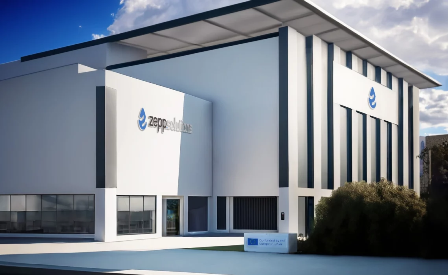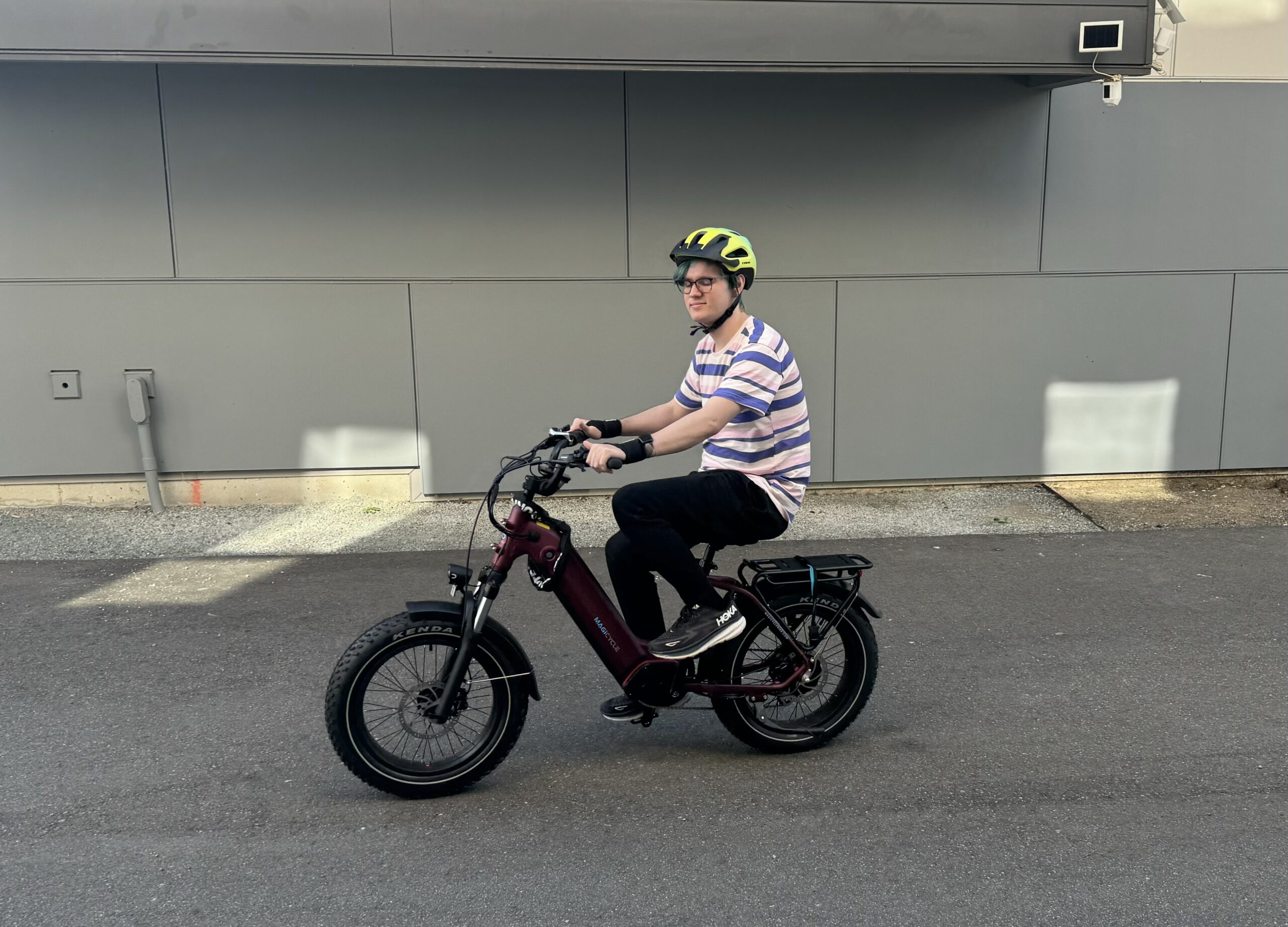Sign up for daily news updates from CleanTechnica on email. Or follow us on Google News!
New High-Tech Charging Systems by New York Power Authority Make Charging Easy for Zero-Emission Transit Buses; Construction Allows for Future Expansion
Lower Emissions by Niagara Frontier Transportation Authority Fleet Help Build Healthier Communities and Advance New York State’s Clean Energy Goals
Governor Kathy Hochul today announced that the largest electrified bus depot in New York State is now operational in Buffalo, advancing the transition to a clean public transit system that reduces greenhouse gas emissions and improves the air for residents in congested urban areas. With 36 overhead charging systems in the Cold Spring maintenance garage and a new sub-station built to accommodate future expansion, the Niagara Frontier Transportation Authority (NFTA) project will serve as a model for transit agencies around the state to transition from diesel fuel-powered transportation. NFTA plans for the Cold Spring garage to solely support zero-emission vehicles by 2035.
“We are building a transportation infrastructure that is cleaner, healthier and more sustainable, and the Buffalo bus depot is the newest feature of our efforts,” Governor Hochul said. “Our investment in electrified buses and charging infrastructure not only improves the environmental impact of the fleet itself, but encourages New Yorkers to make public transportation their first choice — resulting in cleaner air and a greener future for everyone.”
The New York Power Authority (NYPA) oversaw the design and installation of the overhead charging systems in four bus lanes at the Cold Spring garage over the last couple of years. The bus lanes were reconfigured for electric buses and the roof structure was reinforced to accommodate high-tech overhead pantograph dispensers. The new NFTA-owned substation was designed so it can be expanded to allow for full electrification.
New York Power Authority President and CEO Justin E. Driscoll said, “Transitioning municipal bus fleets to clean air technologies will lower emissions and improve air quality throughout New York State. The Buffalo depot — now the largest electric bus depot in the state — is an excellent example of new charging infrastructure allowing transit agencies to convert from diesel to electric power. The Power Authority is committed to supporting the transformation of the state’s transportation system and helping the state reach its goal to reduce greenhouse gas emissions 85 percent by 2050.”
Electric transit buses have no tailpipe emissions, lower maintenance costs, and effectively reduce the use of fossil fuels. The transition of fleets throughout the state will help improve air quality and build healthier communities, especially in disadvantaged communities that are typically low-income or under-resourced neighborhoods that bear the brunt of vehicle air pollution.
NFTA received its first battery electric bus in 2022 and has 24 on site today. Twenty-one additional electric buses are expected to be operational over the next two years. The garage’s electrical capacity can currently serve about 50 buses, or half of the depot, and can be scaled up to serve the entire depot. NFTA has a goal of operating a 100 percent zero-emission bus fleet by 2035.
NFTA Executive Director Kim Minkel said, “We are proud to lead the way in sustainable transportation and remain dedicated to creating a cleaner, healthier environment for our community. With each battery electric bus we deploy, we reduce annual carbon emissions and significantly improve the air quality throughout Western New York. We are grateful to Governor Kathy Hochul and the entire Western New York delegation for their unwavering support and commitment to our state’s national-leading climate plan.”
With pantograph chargers, buses no longer must plug and unplug each time they need to charge up. They can instead park and automatically connect with chargers mounted on the ceiling. The technology can fully charge a bus in about six hours.
For the NFTA garage, National Grid supported the electric grid upgrade and helped fund the substation. NYPA installed the chargers with the help of its partners: National Grid, PlugIn Stations Online, Black & Veatch, Ferguson Electric, ABB and Heliox.
National Grid Regional Director Ken Kujawa said, “Reducing emissions across multiple sectors of the economy, including transportation, will play a significant role in building New York’s clean energy future. This is why National Grid’s collaborations with fleets and transit agencies like NFTA are important. In recent years, our Transit EV Make-Ready Program provided incentives to NFTA to build electric bus charging infrastructure and add electric buses to their Western New York fleet. This is one important milestone as we work together to create the state’s clean, green transportation infrastructure, and that there are many more to come.”
NFTA is receiving $67 million in funding from the Federal Transit Administration and more than $33 million from the New York State Department of Transportation (NYSDOT). The latter was used to support the costs of charging infrastructure at the new facility, as well as the purchase of battery electric buses.
Through New York State’s allocation of the Volkswagen Settlement, $3.28 million has been provided to NFTA for charging infrastructure through a New York State Department of Environmental Conservation (DEC)-NYPA agreement and an additional $9.24 million was provided to purchase 24 NFTA battery electric transit buses through NYSERDA’s New York Truck Voucher Incentive Program. New York State’s Volkswagen Settlement funding is currently available to five of the largest public transit operators in the state — the Capital District Transportation Authority, Rochester-Genesee Regional Transit Authority, Suffolk County Transportation, Westchester County Bee-Line bus system and NFTA — to facilitate their fleets’ transition toward 100 percent zero-emissions fleets by 2035. DEC estimates that the funds will provide incentives to 100 zero-emission transit buses statewide considering past and current rounds of funding.
A study led by NYPA, the New York State Energy Research and Development Authority (NYSERDA) and the NYCDOT helped the agencies develop plans and address other building systems (roof, sprinklers, HVAC, etc), mechanics’ training, utility upgrades, route analysis, capital and operational expense planning and federal funding programs.
NYSERDA President and CEO Doreen M. Harris said, “Niagara Frontier Transportation Authority’s electrified bus depot represents significant progress in advancing clean public transportation in Western New York that will help lower emissions and improve air quality. NYSERDA is proud to support the transition to zero-emission bus fleets across the state to help communities become more resilient, improve equitable access to clean transportation and reduce pollution.”
New York State Department of Transportation Commissioner Marie Therese Dominguez said, “The State Department of Transportation is committed to the mission of creating a safe and reliable transportation network that creates healthy communities, enhances quality of life and safeguards our environment. We are proud to work with all of our state partners and the Niagara Frontier Transportation Authority to expand their fleet of electric buses and charging infrastructure – another positive step toward improving air quality and reducing harmful greenhouse gas emissions and investing in a more sustainable future.”
New York State Department of Environmental Conservation Interim Commissioner Sean Mahar said, “Governor Hochul’s sustained commitment to clean transportation and investments in electrification are improving air quality in Buffalo and across New York State. Today’s announcement is proof positive of the State’s efforts to bolster electric vehicle use to reduce air pollution and climate-altering greenhouse gas emissions in areas that rely on mass transit. Electrified bus depots like this one are helping deliver the public health, environmental, and economic benefits of our transition to cleaner transportation.”
Courtesy of NYPA.
Have a tip for CleanTechnica? Want to advertise? Want to suggest a guest for our CleanTech Talk podcast? Contact us here.
Latest CleanTechnica.TV Videos
CleanTechnica uses affiliate links. See our policy here.
CleanTechnica’s Comment Policy





